Endo works magic on Furca
Predicting outcomes in cases with furcation involvement can be some of the most challenging situations Endodontists can face. When it comes to deciding on Endodontically treating or not treating a tooth and the patient has previous full cuspal coverage restoration, it is often difficult to get a history of the tooth. Often the history is unknown or unavailable. We frequently do not know whether the tooth required the Crown because of a crack . We know that teeth with cracks have a much poorer prognosis which, would probably lean us away from recommending treatment. But the patient has already payed for the crown and may not want to see their “investment” lost in favor or a more expensive implant. The only thing we can do in that case is to present options to the patient and let them decide.
This first tooth had crown with gross furcal breakdown, class 2 furcation involvement and a draining buccal sinus. The rest of the mouth look good periodontally and there seemed no other evidence of parafunction or previous teeth that had a history of fracture. So, I was more optimistic than normal that this pathology was entirely endodontically related. But you can never be sure until the canals have been cleaned and shaped and medicated and we see if and how the supporting attachment apparatus responds to treatment.
The patient elected for us to try to save the tooth and I explained that treatment would be performed in two stages . Firstly, the tooth would be accessed and the canals cleaned and shaped and medicated with calcium hydroxide . If we saw improvement in the pocketing, furcation and draining sinus, we could fill the canals and complete the case. If there was some improvement but not enough to warrant completion of the case, we would re medicate the case until such time as all symptoms were gone , pocketing returned to normal and we could be reasonably assured that all associated pathology had been dealt with. If symptoms did not resolve, we could fairly safely say that either the tooth was fractured or that the periodontal condition of the tooth did not warrant continuation of treatment.
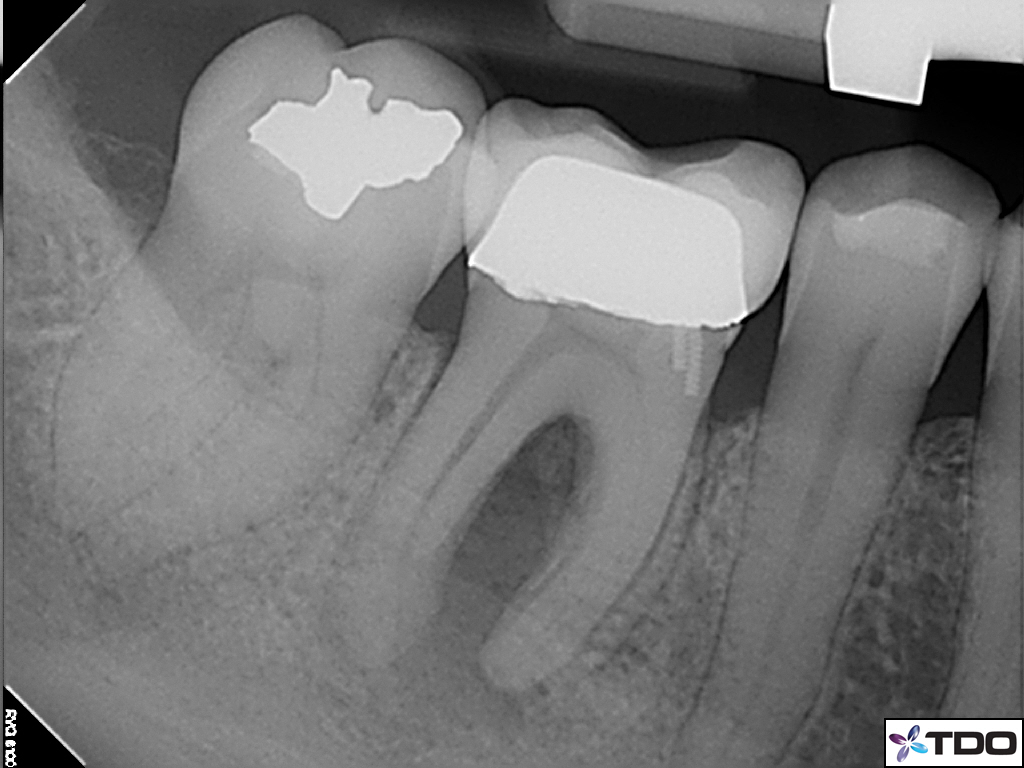




In this cases the results were spectacular. Cleaning of the canal resulted in immediate closure of the sinus and returning of pocketing to normal. Follow up radiographs showed complete healing of the furcation and I was extremely pleased that we could take a tooth that appeared to be hopeless and and return the supporting attachment Apparatus to normal health.
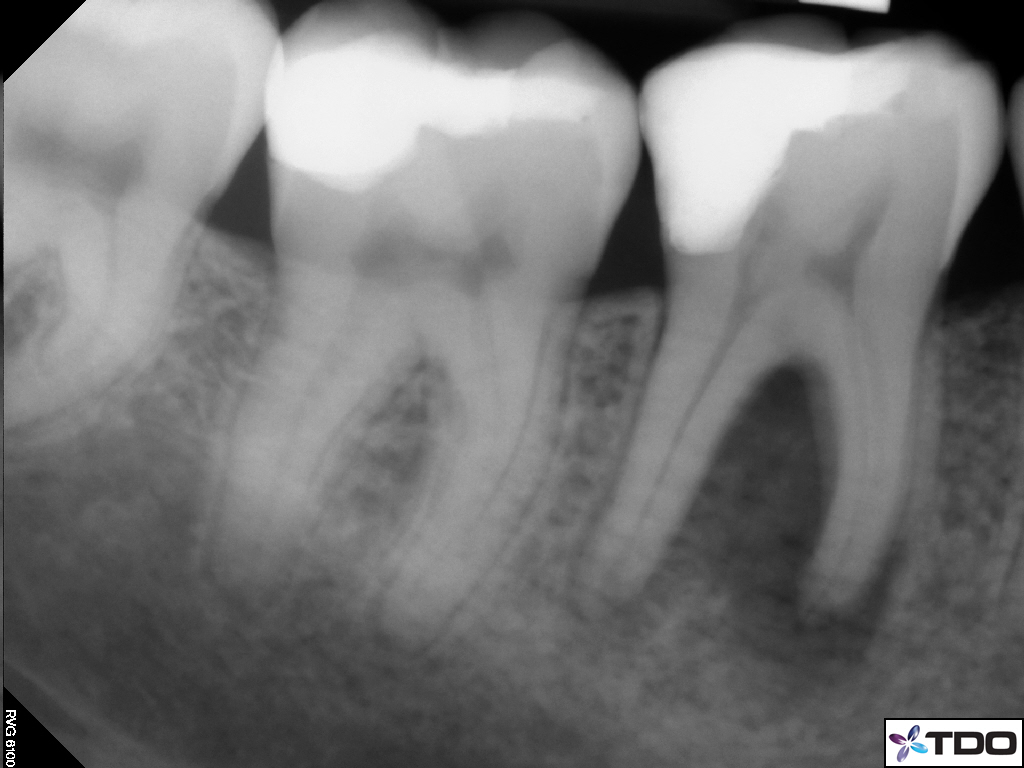
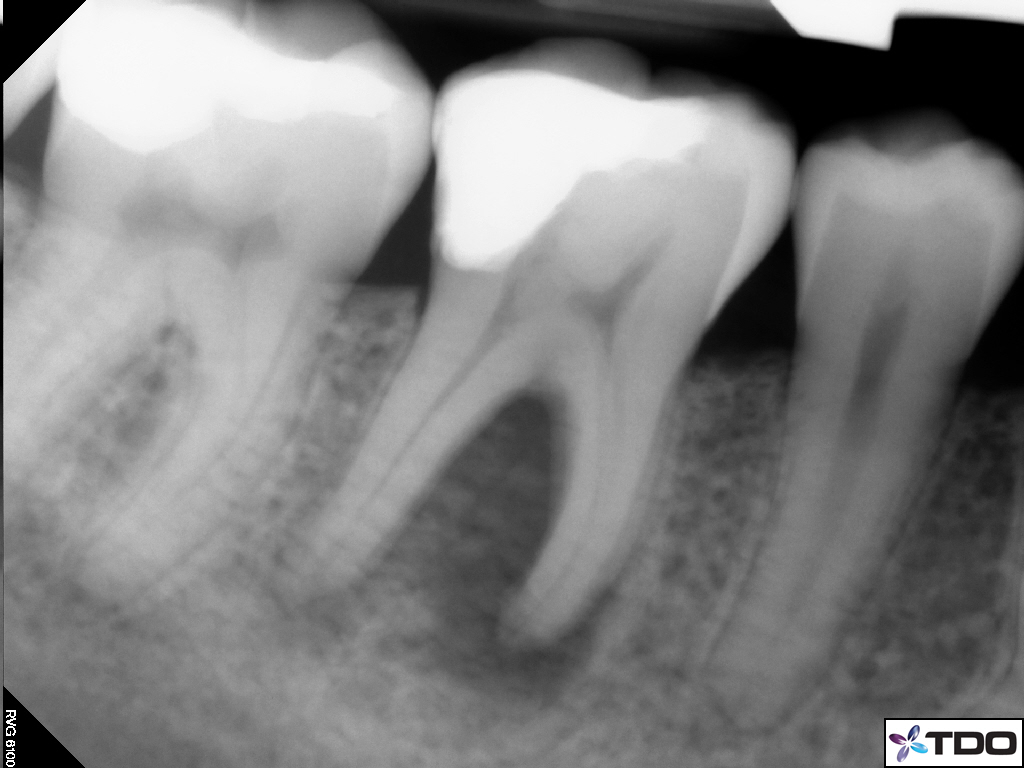
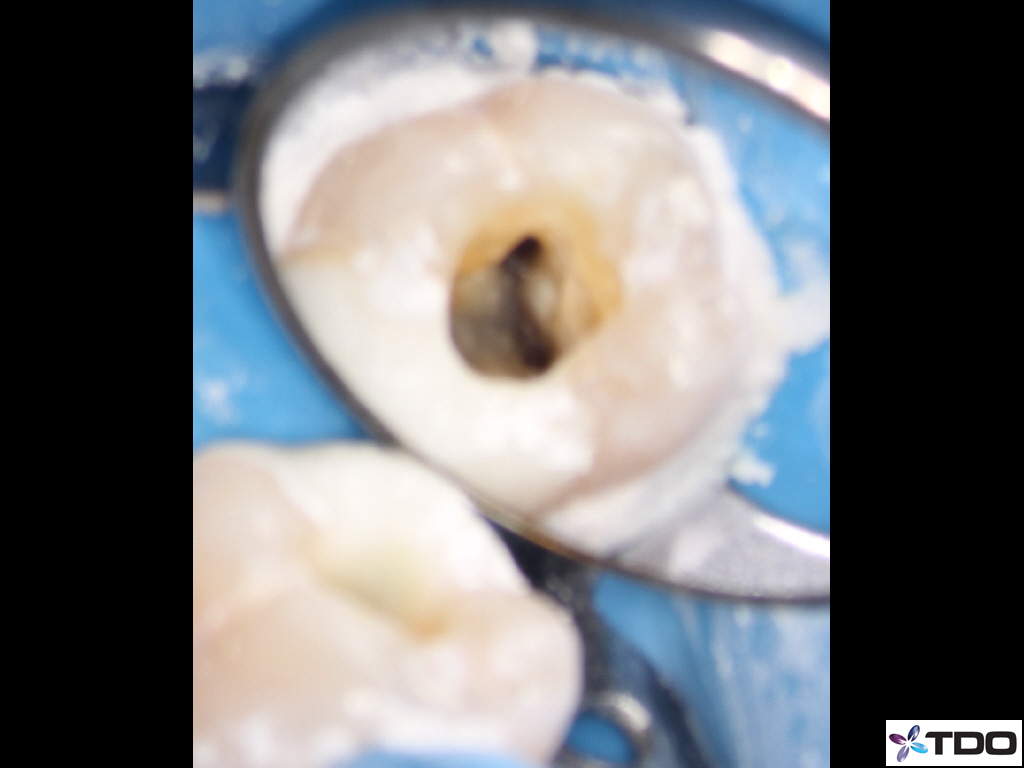

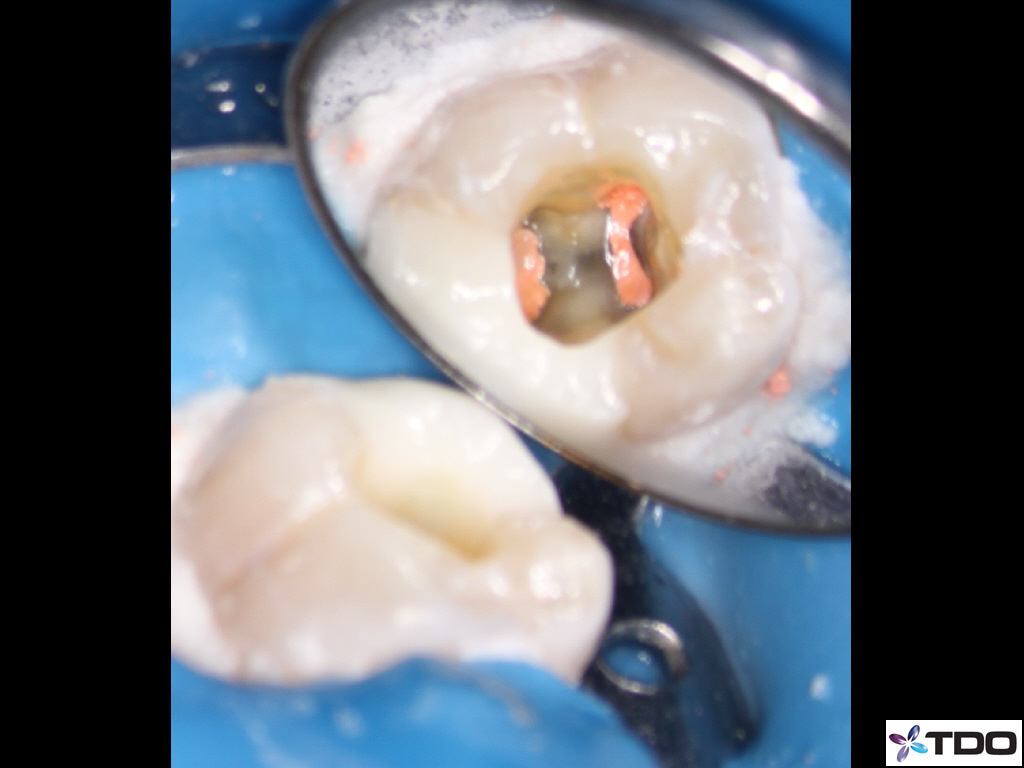
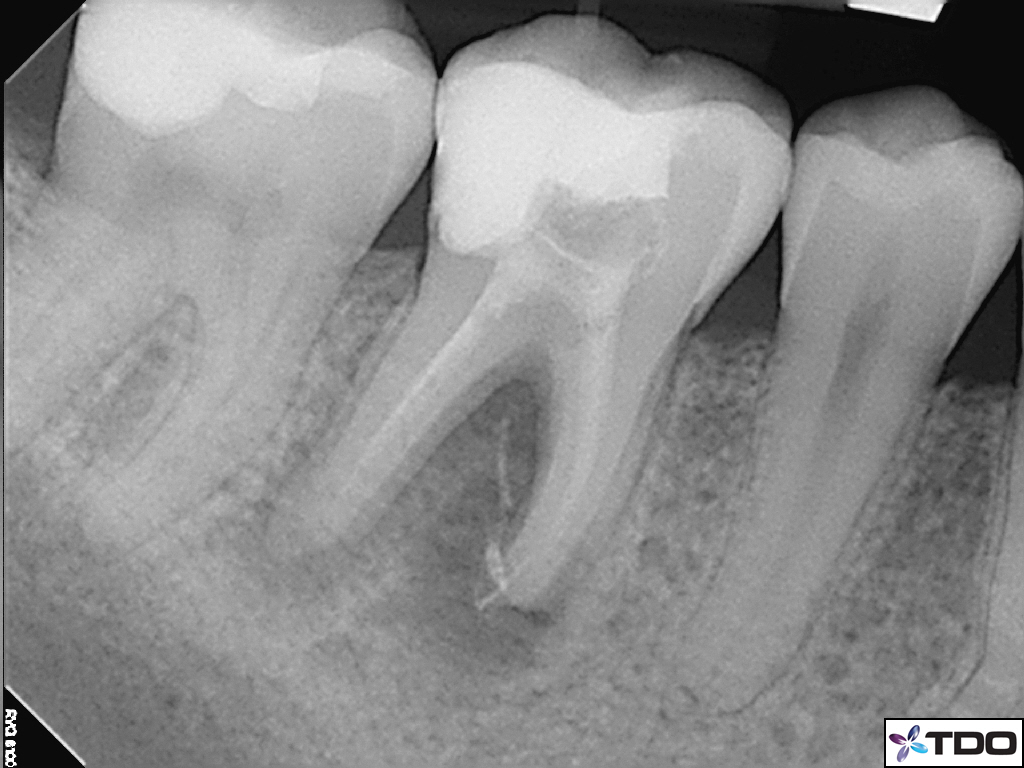
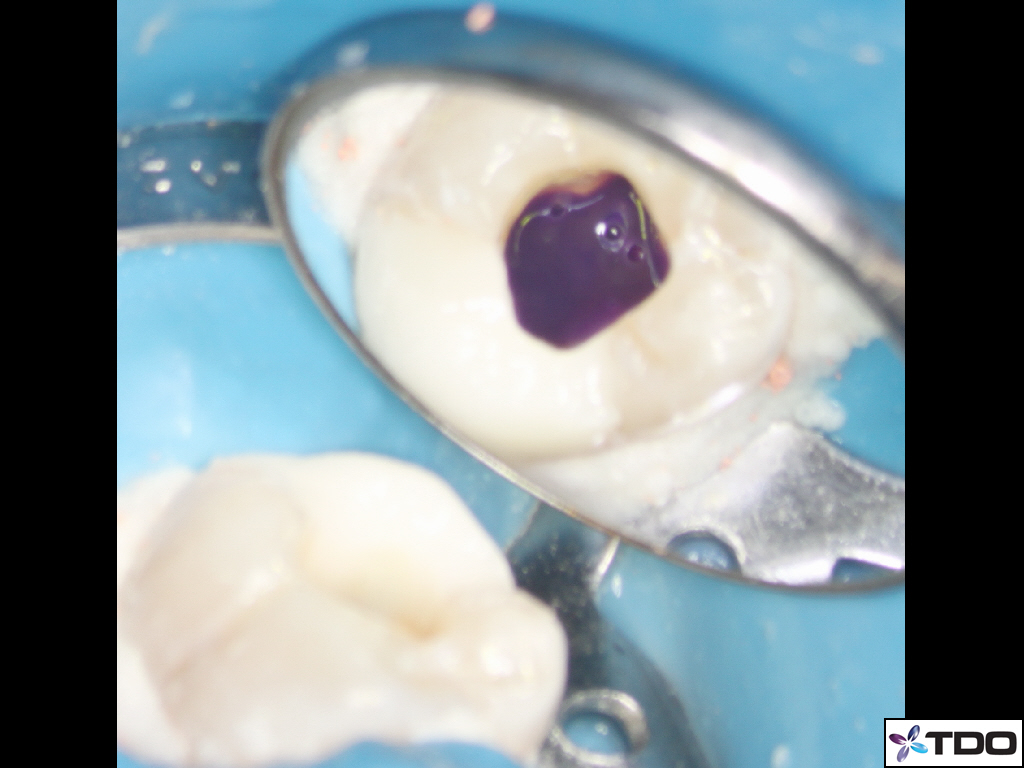
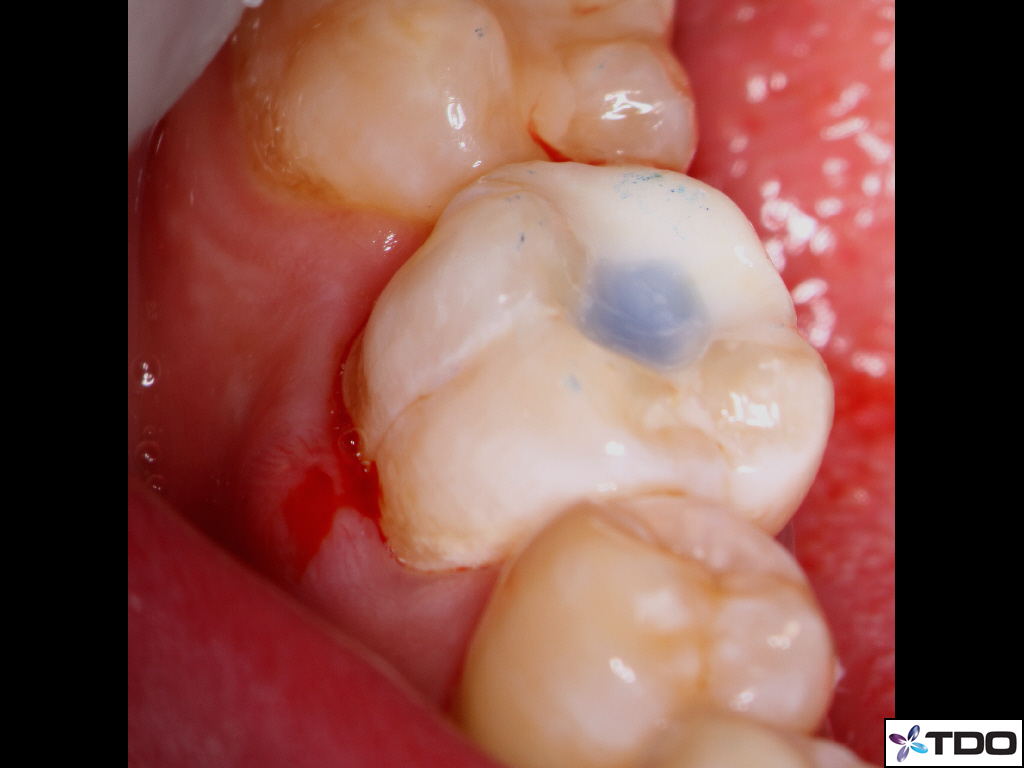
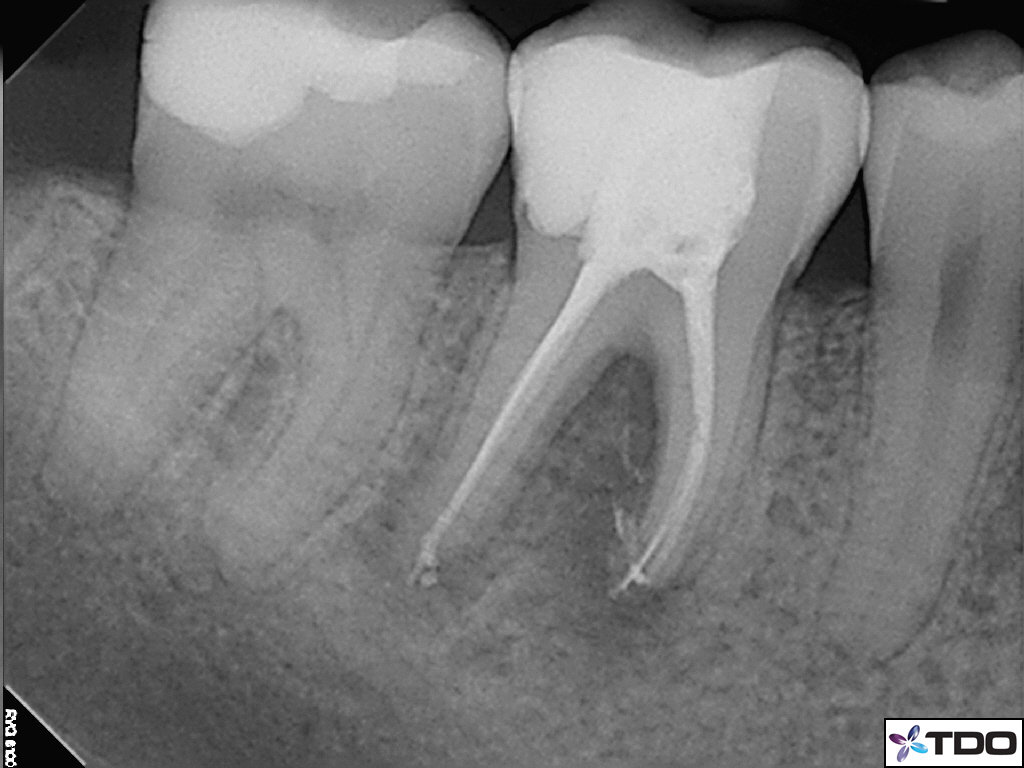

Cases such as these are extremely gratifying and show the power of good endodontic treatment when the source of the pathology is primary Endo.
